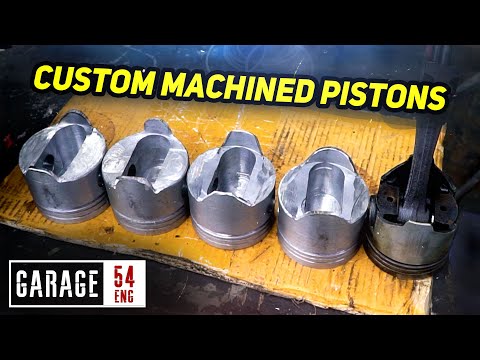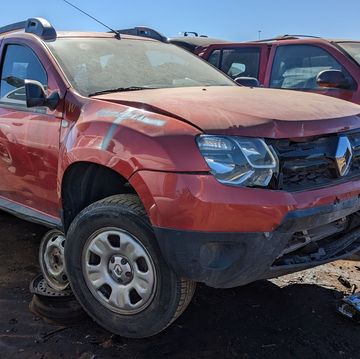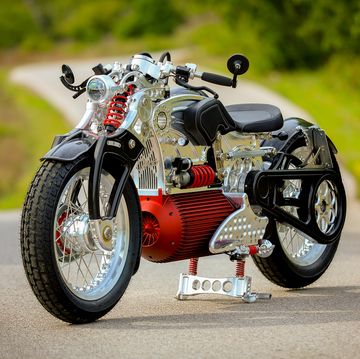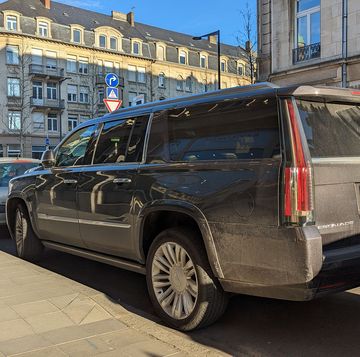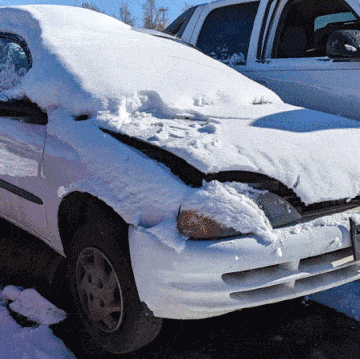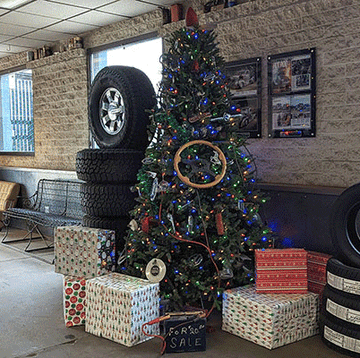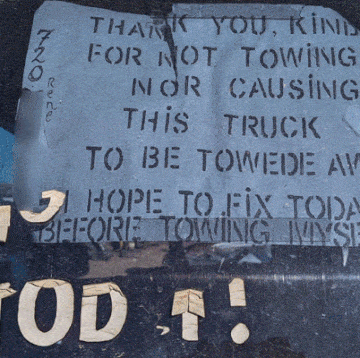If you’re familiar with internal-combustion, gasoline-burning engines you probably know that engine designers generally opt for aluminum pistons to manage the explosions. The material’s light weight, thermal properties and ease of manufacturing are likely the reasons why aluminum alloys have dominated inside of gasoline-burning engines. Of course, steel pistons do exist, but they’re mostly helping manage the intense pressure seen in diesel engines. Though, if you have enough tools, why not make your own steel pistons?
As we can see from the mad scientists at Garage 54, it’s not as easy as it sounds. The team at Garage 54 decided to stuff steel pistons of their own design inside one of their engines to see what would happen.
Garage 54 documents the entire process and seems to do a good job at the design process. The finishing work might be cruder than your average piston manufacturer, then again, this is just a regular workshop. After installing the pistons, the electric starter struggles to fire the engine that now sports a significantly heavier rotating assembly. In true Garage 54 fashion, that red flag didn’t slow the team down and they decide to pull start the car.
If you’re wondering how these steel pistons perform, watch the video and find out. Though, you probably won’t be shocked by the results.
Have any wild piston stories? Tell us about them below.

